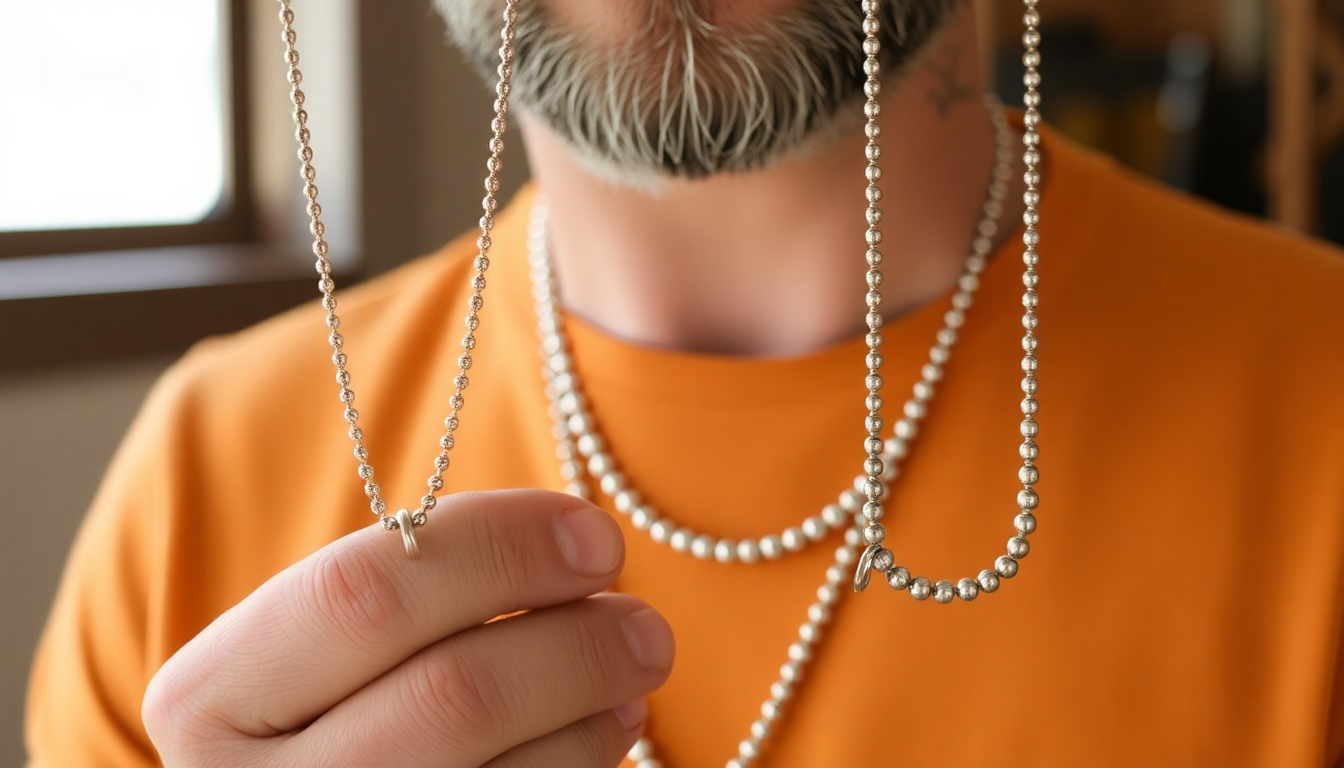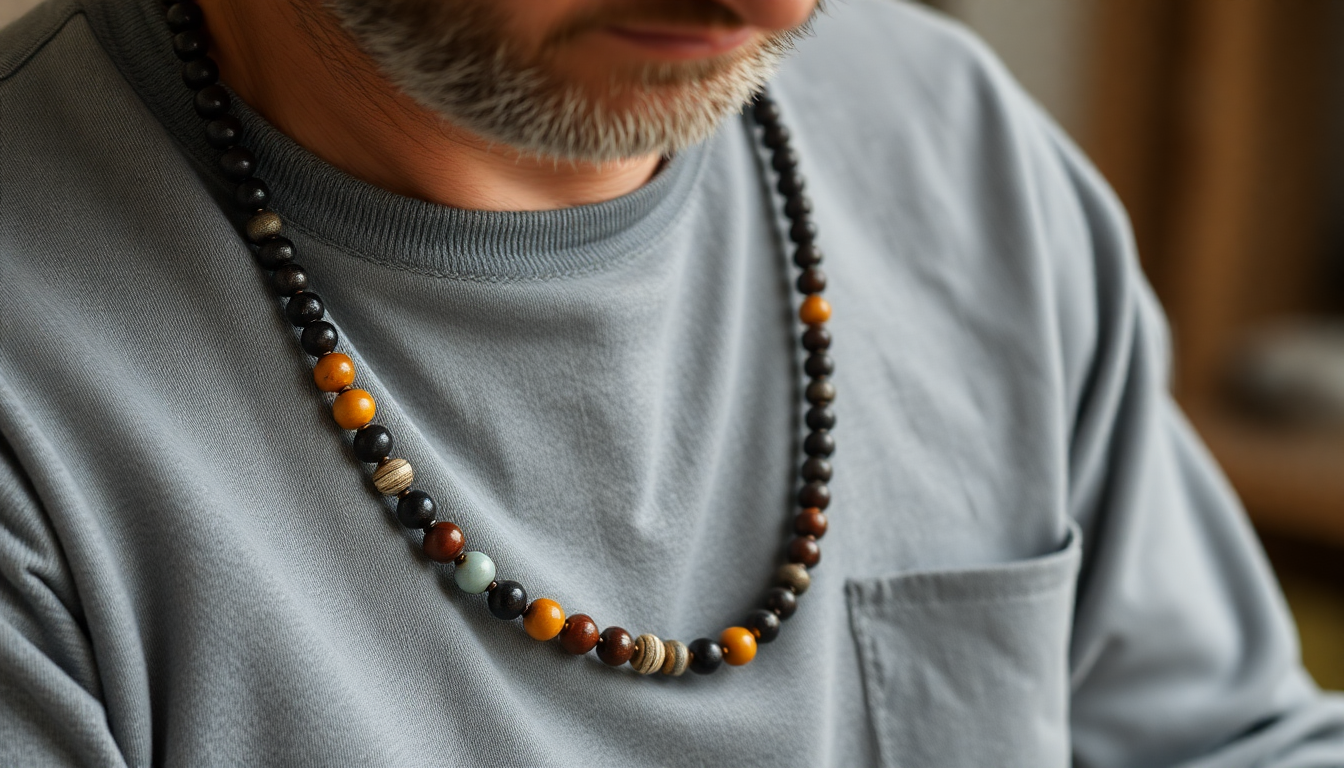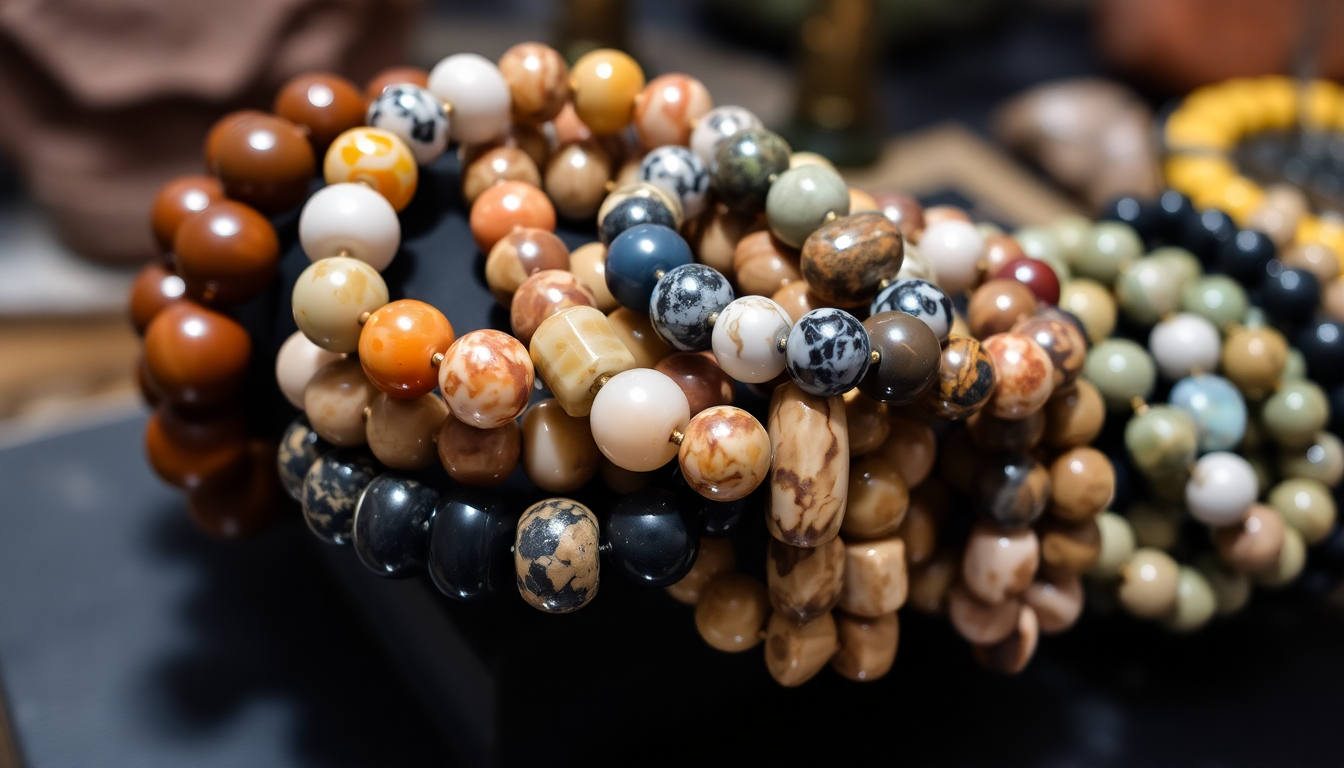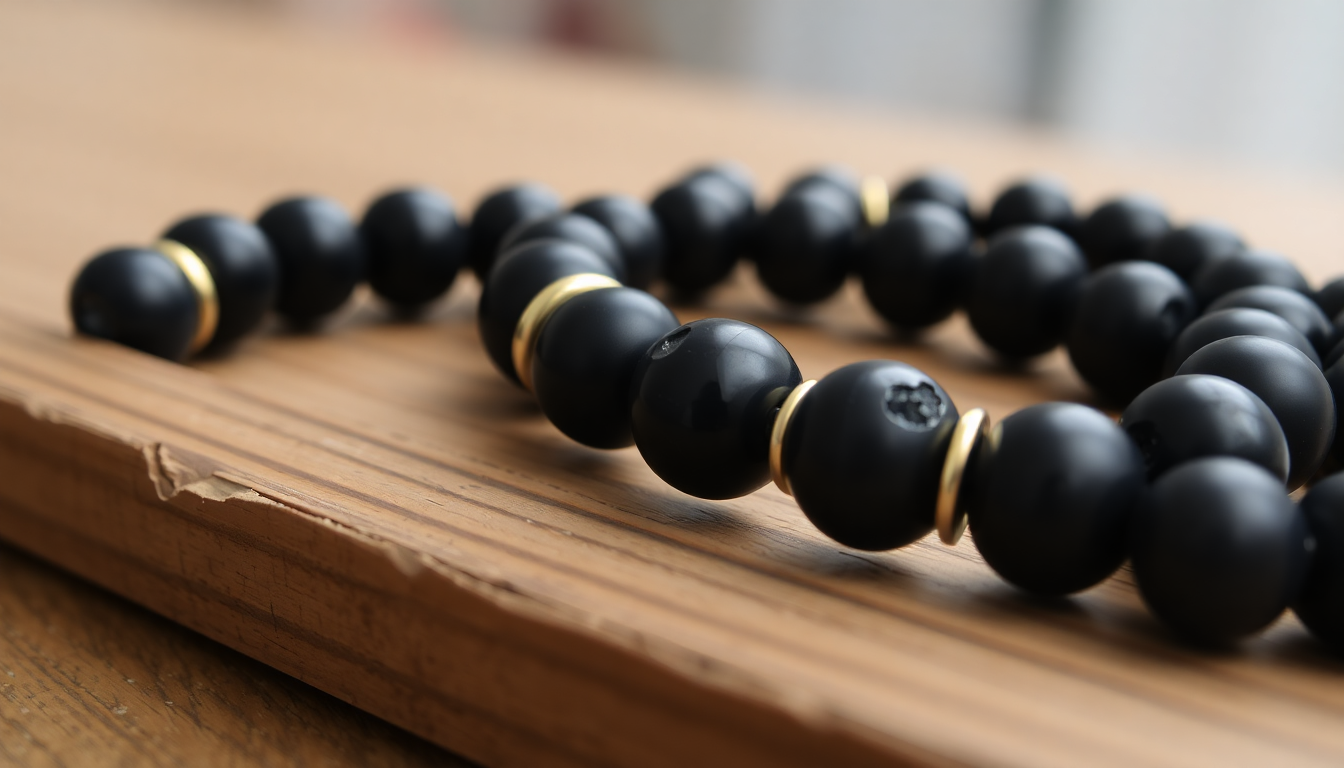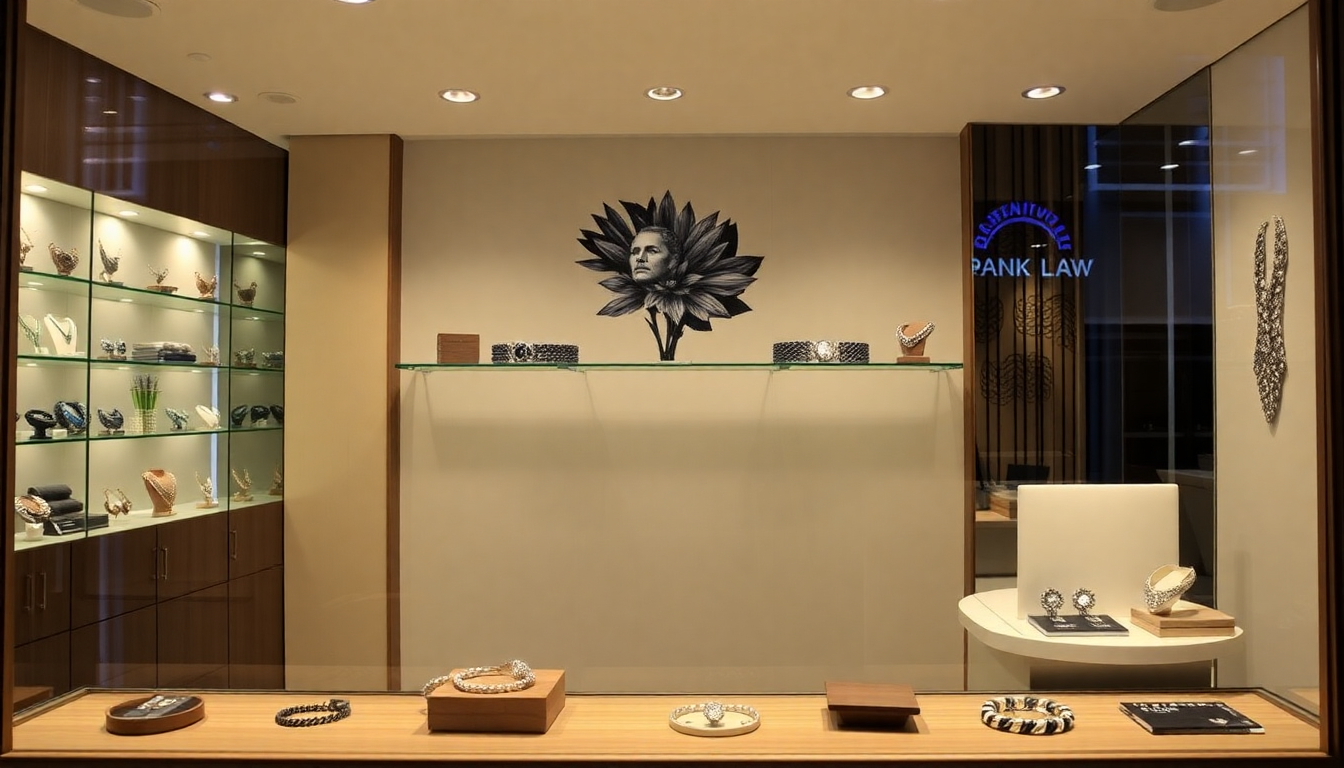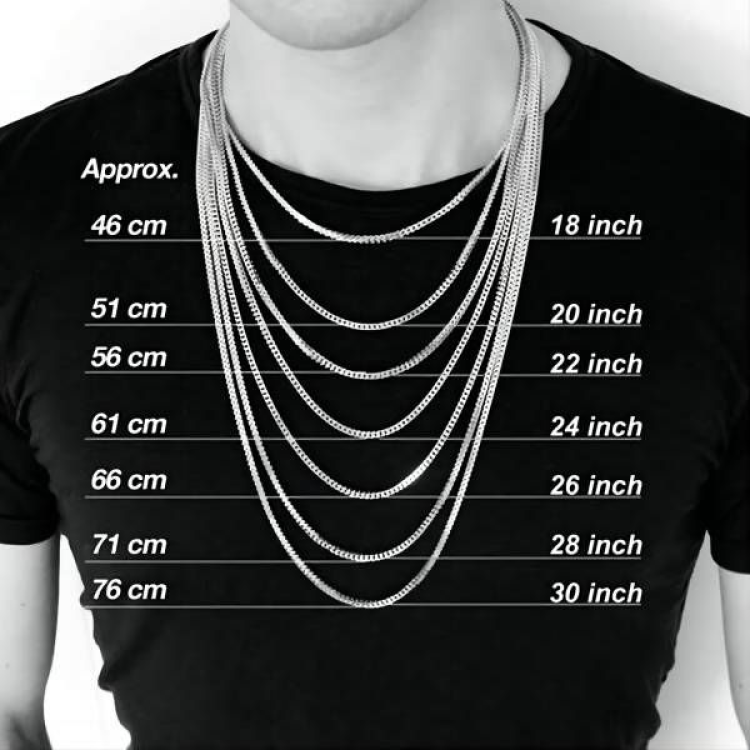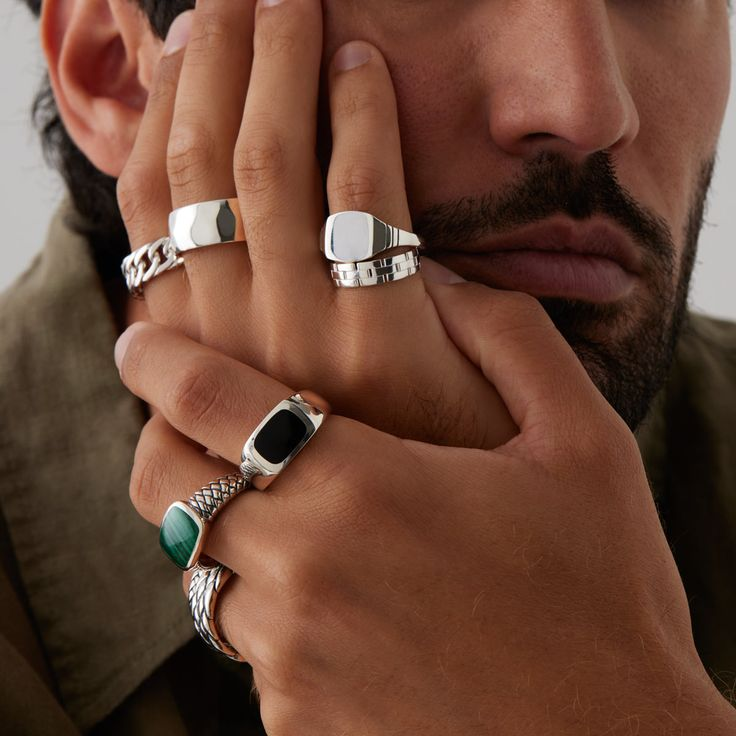Men's bead necklace styles and how to choose
Introduction
Picking a bead necklace that matches your style, skin, and lifestyle does not have to be hard. This guide shows clear choices and simple care tips. Theodore Men's Jewellery crafts bead necklaces in Melbourne using natural stones and quality metals. Read on to learn styles, metal differences, care steps, and a quick buying checklist.
Men's bead necklace styles — quick guide
Casual bead necklaces
Casual bead necklaces use single-strand natural stone beads, seed beads, or matte finishes. These pieces fit weekends, layered looks, and casual shirts. They work with denim, tees, and leather jackets. Keep bead sizes small to medium for everyday wear.
Smart-casual and dress bead necklaces
Smart-casual bead necklaces feature small polished beads, mixed metal accents, or a refined pendant. They pair well with button-ups, blazers, and watches. Choose subtle shine and slim proportions so the necklace complements dress shirts without crowding collars.
Layered and statement styles
Layered styles combine multiple strands, bead sizes, and a focal piece. Balance is key. Mix textures and anchor the look with one dominant color or metal. Let a statement strand sit lower while slimmer strands sit above it.
Metals for men's bead necklaces: stainless steel vs sterling silver mens jewelry
Stainless steel: pros and cons
Stainless steel brings durability, low maintenance, and modern finishes. It resists scratches and holds polish well. It performs strongly with sweat and water, making it a top choice for active use. When thinking about tarnish resistance stainless steel vs silver, stainless steel wins for low upkeep and long-lasting shine.
Sterling silver: pros and cons
Sterling silver offers classic luster and pairs beautifully with many stones. It feels premium and matches both polished and vintage styles. Sterling darkens over time, creating a patina some prefer. But it needs more attention than steel. Use recommended cleaners and soft cloths for sterling silver care and polishing.
Which is the best metal for men's bead necklaces?
If you ask what the best metal for men's bead necklaces is, the answer depends on use and taste. Choose stainless steel for low care, modern looks, and water resistance. Choose sterling silver for classic shine, a higher perceived value, and traditional pairings with natural stones. For mixed looks, combine metals carefully and repeat colors across the design.
Comfort, allergy, and wear factors
Hypoallergenic men's jewelry metals
If you have sensitive skin, look for surgical-grade steel or titanium. Some sterling silver alloys are also safe. When searching, use labels that state nickel-free or hypoallergenic men's jewelry metals. Watch for red, itchy patches as signs of a reaction. Stop wearing the item and consult a dermatologist if irritation continues.
Durability and daily wear
Metal choice affects how a necklace ages and how often stringing needs replacement. Steel clasps and beads handle daily wear better than softer metals. If you lead an active lifestyle, prioritize corrosion-resistant metals and stronger stringing materials like waxed cord or braided steel cable.
Water, sweat, and outdoor exposure
Metals that handle moisture best include stainless steel and titanium. Sterling silver can tarnish faster when exposed to saltwater or heavy sweat. Some stones, like porous lava or certain jaspers, also suffer if wet. Rinse and dry pieces after exposure to moisture.
Stones, beads, and metal pairings
Matching stones with metal tones
Warm metals pair well with warm stones. Think tiger eye, jasper, and red jasper next to bronze or warm-toned metal. Cool metals suit onyx, black agate, and blue stones. Metal color can shift how a stone reads. Test combos in natural light before buying.
Mixing metal beads and chains
Mixing metal beads and chains works when you follow a few rules. Anchor the look with one dominant metal. Repeat that metal two to three times across the design. Balance finishes by pairing matte with matte or polished with polished. Keep contrast simple to avoid clashing and to ensure cohesion. Practical tips for mixing metal beads and chains include matching clasp metal to bead tone and repeating metal at the pendant.
Size, texture, and proportion
Choose bead sizes and chain widths to fit neck size and outfit. Thinner necks suit smaller beads and slim chains. Broader shoulders can carry larger beads. Texture matters: matte beads read casual, polished beads read dressier.
Care and maintenance for bead necklaces
Cleaning routines: stainless steel vs sterling silver
Daily care for stainless steel is easy. Wipe with a soft cloth and mild soap if needed. Dry fully to avoid water spots. For sterling silver, follow a simple routine: use a soft polishing cloth made for jewellery, a gentle silver cleaner for deep tarnish, and a soft brush for crevices. Follow label directions closely when using cleaners. Remember that sterling silver care and polishing done regularly keeps pieces bright and prevents heavy patina.
Preventing tarnish and damage
Store necklaces in dry, sealed containers with anti-tarnish strips for silver. Keep beads dry and avoid sleeping or showering with necklaces. If you wonder about tarnish resistance stainless steel vs silver, note that steel needs less storage care. Still, keep both metals away from harsh chemicals and cosmetics.
Repairs and restringing
Beads may need restringing every few years depending on wear. Replace worn clasps and check jump rings regularly. Choose a trusted jeweler or maker for repairs. Handcrafted necklaces from trusted sources often come with repair guidance or services.
How to choose: a practical checklist and buying tips
Style and wardrobe checklist
Match your necklace to your daily wardrobe. For casual outfits, pick matte beads and mixed textures. For smart-casual, choose polished beads and small metal accents. For a bold statement, layer sizes and keep one focal strand.
Skin, allergy, and lifestyle checklist
If you have sensitive skin, prioritize hypoallergenic men's jewelry metals. For active or outdoor use, choose corrosion-resistant metals. If you sweat heavily or plan to wear it in water, prefer stainless steel or titanium.
Budget, value, and craftsmanship
Balance cost with longevity. Handcrafted pieces often offer better value because of attention to details and stronger stringing. Theodore Men's Jewellery focuses on honest value, natural stones, and superior craftsmanship. Investing in quality avoids frequent replacements.
Quick buying flowchart (simple steps)
Define your use case. Pick a style that fits that use. Choose your metal—stainless steel vs sterling silver mens jewelry—based on care, look, and budget. Pick bead material and finish. Shortlist pieces and buy from makers who disclose materials and care tips.
Conclusion
Match style, pick the right metal, and commit to basic care. Choose stainless steel for low maintenance and active wear. Choose sterling silver for classic shine and refined pairings. Start simple and invest in quality beads and craftsmanship. For handcrafted bead necklaces made in Melbourne with natural stones and honest value, try Theodore Men's Jewellery and find a piece that lasts.

